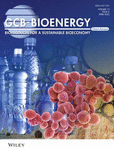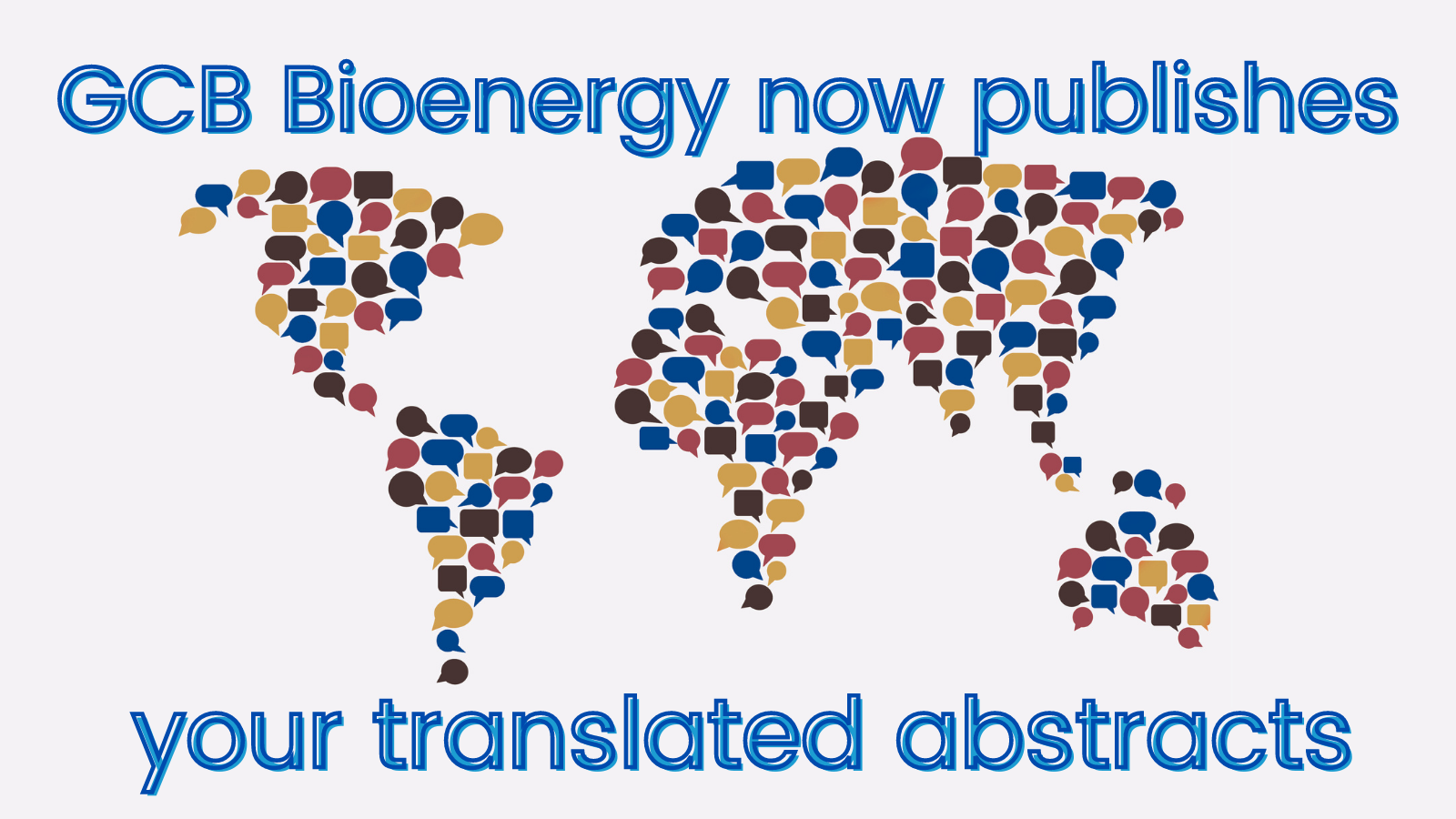Journal list menu
Export Citations
Download PDFs
ISSUE INFORMATION
REVIEW
Converting carbon dioxide to high value-added products: Microalgae-based green biomanufacturing
- Pages: 386-398
- First Published: 13 January 2023
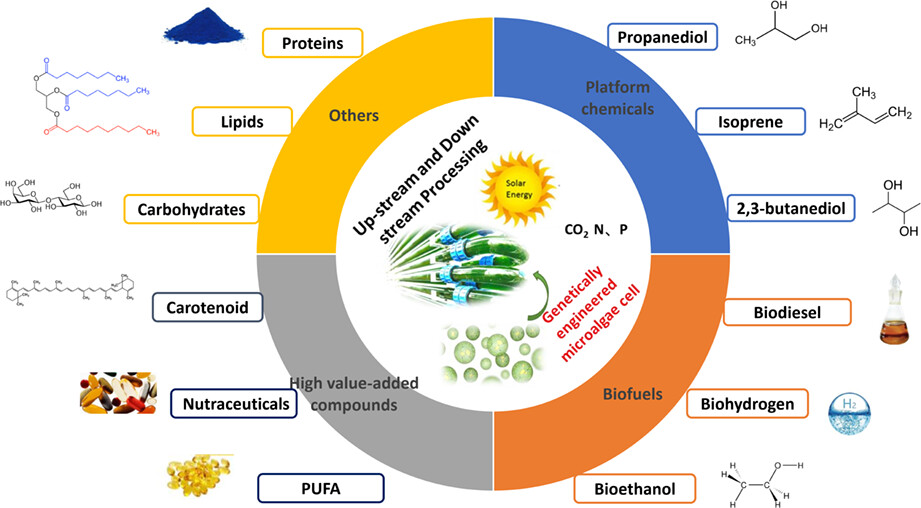
The direct use of microalgae to fix carbon dioxide is expected to establish a future emerging green biomanufacturing industry using solar energy as energy source, which is of strategic importance to solve the current problems of food security, environmental pollution and energy shortage. In this review, we summarize the recent progress of microalgae as cell factories to produce platform compounds, bioenergy, and high value-added compounds from the perspective of light-driven autotrophy, and then provide an outlook on the future development direction of this technology.
RESEARCH ARTICLES
Yield performance of 14 novel inter- and intra-species Miscanthus hybrids across Europe
- Pages: 399-423
- First Published: 29 December 2022
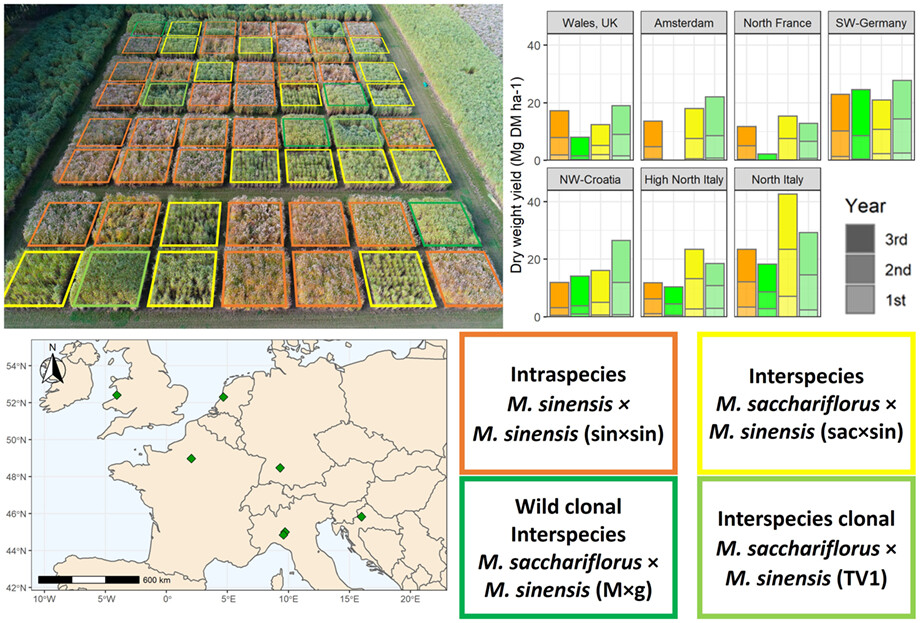
Miscanthus is a leading candidate for the supply of sustainable biomass. Breeding programmes have recently produced the first range of seeded hybrids to increase scalability. We established eight intraspecific M. sinensis hybrids and six M. sacchariflorus × M. sinensis hybrids including commercial clonal Miscanthus × giganteus at seven sites across Europe with marginal land. The highest yields were recorded in Northern Italy and the lowest on industrially damaged land in Northern France. Yield depended on climate interactions with the hybrid, with the sinensis hybrids better adapted to northern Europe.
Climate-based identification of suitable cropping areas for giant reed and reed canary grass on marginal land in Central and Southern Europe under climate change
- Pages: 424-443
- First Published: 30 January 2023
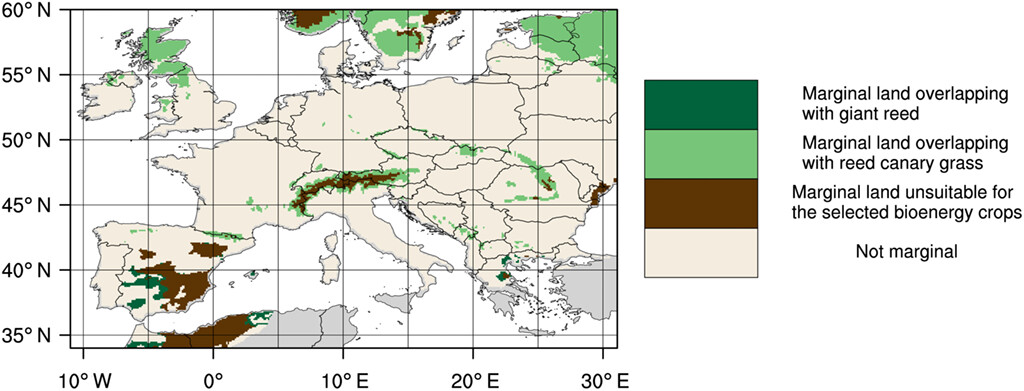
Giant reed and reed canary grass have emerged as promising perennial industrial crops for providing sustainable bioenergy from marginal land. However, there is great uncertainty about where these crops can be grown in the future due to climate change. Therefore, this study quantifies marginal land, climatologically suitable cropping areas for the two crops, and the overlap between these regions in Europe at the end of the century under a climate change scenario. The provided framework can be used to examine European marginal land's suitability for other promising bioenergy crops, thereby fostering the EU's growing bioeconomy, while simultaneously reducing land competition.
Novel Miscanthus hybrids: Modelling productivity on marginal land in Europe using dynamics of canopy development determined by light interception
- Pages: 444-461
- First Published: 13 January 2023
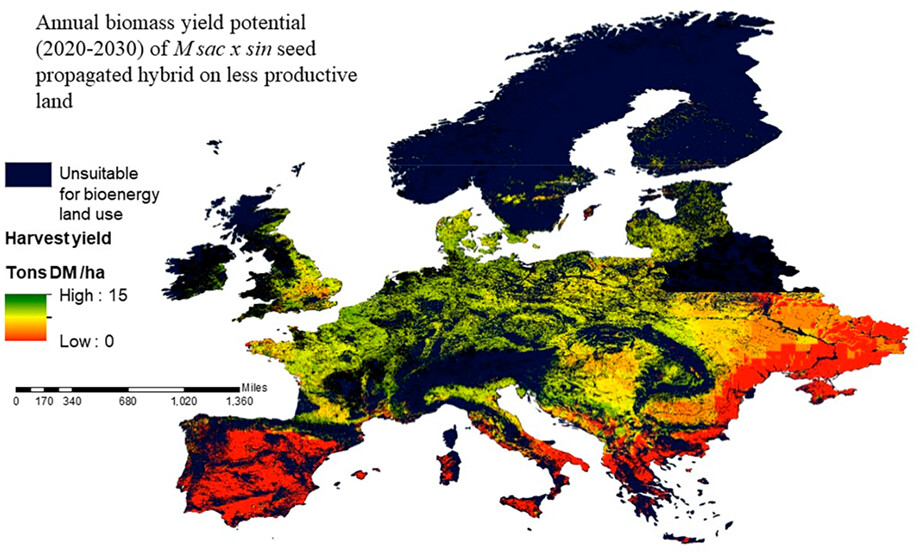
A large international field trial with new-to-market seed-propagated Miscanthus sinensis × sinensis and M. sacchariflorus × sinensis enabled calibration for modelling, providing evidence that these seed-propagated hybrids do have the potential to outperform the traditional rhizome-propagated hybrids over Europe, giving European projections of 80.7–89.7 Mt year−1, but only if crops are mature and well established. A simple laboratory-made line ceptometer enabled low-cost rapid light interception measurements relating the dynamics of canopy closure to thermal time, allowing the simulation of biomass.
Biochar co-compost improves nitrogen retention and reduces carbon emissions in a winter wheat cropping system
- Pages: 462-477
- First Published: 12 January 2023
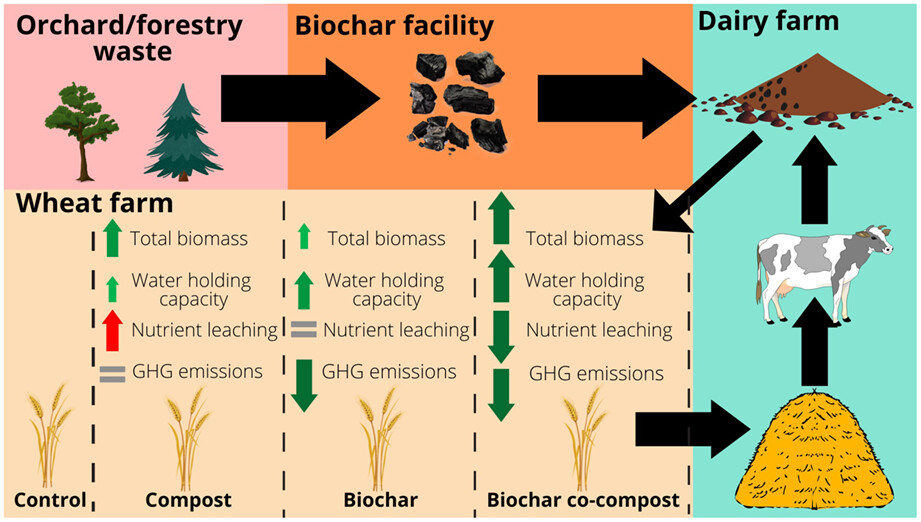
Organic soil amendments such as biochar and compost can improve soil health and reduce the environmental impacts of agriculture. However, few field studies have examined the potential of biochar co-compost, produced by composting organic materials together with biochar. In a field study, we compare the performance of biochar, compost, and biochar co-compost when applied to soils in a winter wheat cropping system. We found that the biochar co-compost had both environmental and agronomic advantages over both biochar and compost, suggesting that biochar co-composting could optimize the beneficial reuse of organic materials for agricultural purposes.
The legacy effect of biochar application on soil nitrous oxide emissions
- Pages: 478-493
- First Published: 15 December 2022
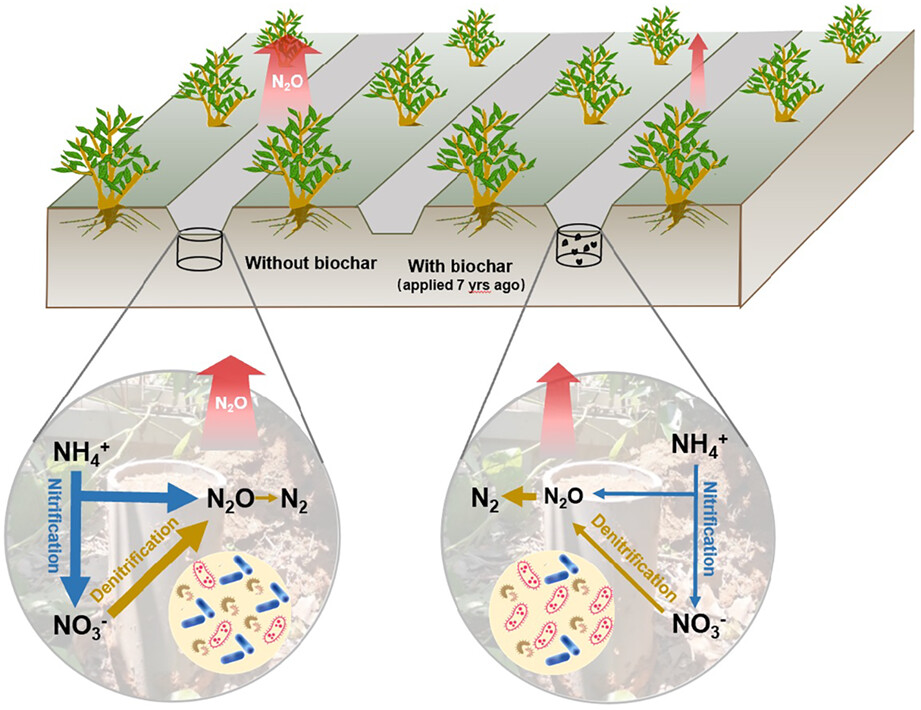
Although biochar has received great attention in mitigating non-carbon dioxide greenhouse gases, we remain unknown what the legacy effects of biochar application are. We revealed lower nitrous oxide emissions in acidic tea plantation soils after 7 years of biochar application than in control, which may be mainly related to changes in substrate effectiveness and the abundance, activity, and composition of functional microorganisms associated with the nitrogen cycle. However, our meta-analysis showed that the mitigation effect of a single biochar application on nitrous oxide emissions diminished with time. Thus, our work also underlines that more long-term experimental studies from diverse climatic and soil conditions are urgently needed to determine the legacy effects of biochar.
Comparative transcriptomic and metabolomic study reveal that exogenous 24-epiandrosterone mitigate alkaline stress in broomcorn millet (Panicum miliaceum L.) via regulating photosynthesis and antioxidant capacity
- Pages: 494-507
- First Published: 27 January 2023
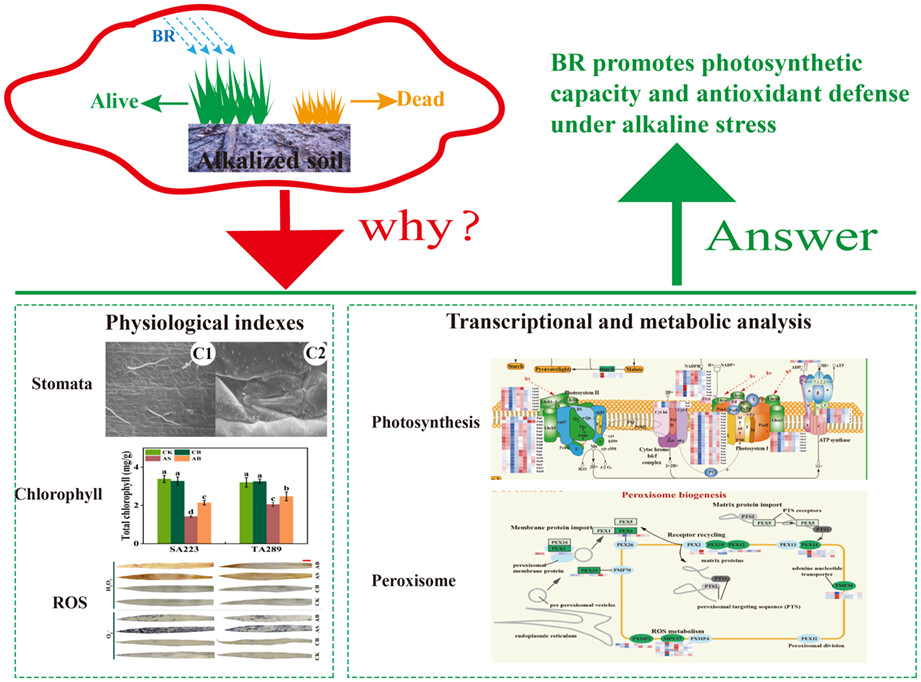
Globally, land alkalinization affecting agricultural development. Phytoremediation is an efficient way to addressed land alkalinization. Broomcorn millet (Panicum miliaceum L.) is a saline-alkaline-tolerant crop and bioenergy crop. In this study, the growth of broomcorn millet under CK (nutrient solution only), CB (nutrient solution + 0.5 mg L−1 BR), AS (alkaline stress) and AB (alkaline stress + 0.5 mg L−1 BR) were investigated. The results revealed the molecular mechanism of BR to alleviate alkali stress, which provided theoretical support for the cultivation of bioenergy crops on alkaline lands and the breeding of alkaline-tolerant varieties.
Lifecycle climate impact and primary energy use of electric and biofuel cargo trucks
- Pages: 508-531
- First Published: 01 February 2023
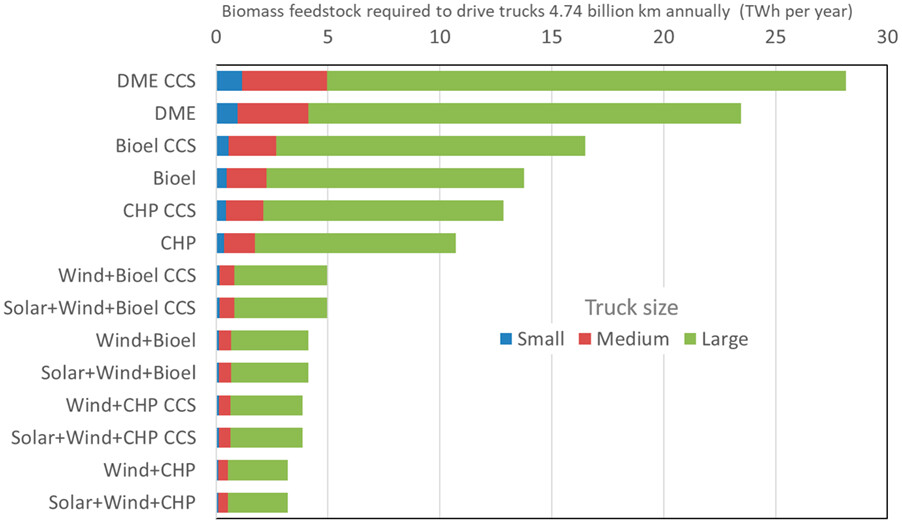
We develop and apply bottom-up models integrating forestry, manufacturing, energy and transport sectors to understand how to reduce lifecycle biogenic and fossil carbon emission and climate impact from cargo trucks. We analyse battery trucks using renewable electricity, and diesel and dimethyl ether (DME) trucks. Bioelectricity and DME are produced from forest harvest residues. Battery electric trucks have low climate impact, and a cooling effect on the earth when combined with carbon capture and storage technology. Diesel and DME trucks have about equal and significant climate impact. Electrifying the cargo truck fleet, together with increasing renewable electricity generation, gives clear climate benefits and is primary energy efficient.




